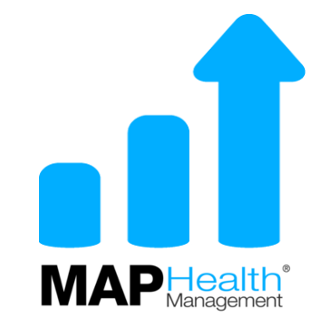MAP Health Management Poses Ten Essential Questions That Prepare Behavioral Healthcare Providers for Paradigm Shift
October 6, 2016Published in PR Web, October 6, 2016. View the Press Release Here
MAP Health Management, the nation’s leader in the advancement of data-driven technology to improve clinical and financial outcomes in behavioral health, has released its latest white paper. The paper, ‘5 Keys to Successful Behavioral Health Population Management’, addresses key issues in a healthcare paradigm that is swiftly moving from a pay-for-service model to a pay-for-value model.
The paper is the latest from MAP, an organization that works with behavioral healthcare professionals, provides a means to collect and analyze outcomes data, and extend the care continuum following treatment for a demographic that has been underserved in this regard. With compelling outcomes data and data-rich technologies, MAP is creating pathways for improved clinical and financial outcomes in this space. MAP has recently been recognized by Fierce Healthcare as a national finalist in its 2016 Healthcare Innovation Awards – the winner to be announced in coming weeks.
According to MAP Clinical Director, Dr. Tom Kimball, “We have an obligation to those who suffer from chronic behavioral health illnesses, including Substance Use Disorders. We now have the technology to help more people sustain wellness and find healing from these illnesses. We do this by utilizing telehealth, data analytics, and extending the continuum of care for months post initial treatment.”
The paper provides a comprehensive overview of the key steps that every behavioral healthcare provider must take in order to remain relevant and viable in a treatment space that is quickly transitioning from a pay-for-service model to a pay-for-value model. This type of paradigm shift will require providers to embrace a holistic outlook with regard to the services they deliver and to maintain a continuity of care through collaborating and communicating with a patient’s entire treatment team. This is population health management and is overdue in this field. This approach will benefit healthcare providers, health insurance payers, and the patients they serve.
The data demonstrated by MAP has sparked the attention of major health insurance payers motivated to contain the rising costs of increased recidivism in addiction treatment and behavioral healthcare. The authors pose ten essential questions that every behavioral healthcare provider must be prepared to answer in this quickly changing field. MAP’s white paper can be downloaded at
https://thisismap.com/insights/white-papers/5-key-factors-successful-behavioral-health-population-management


